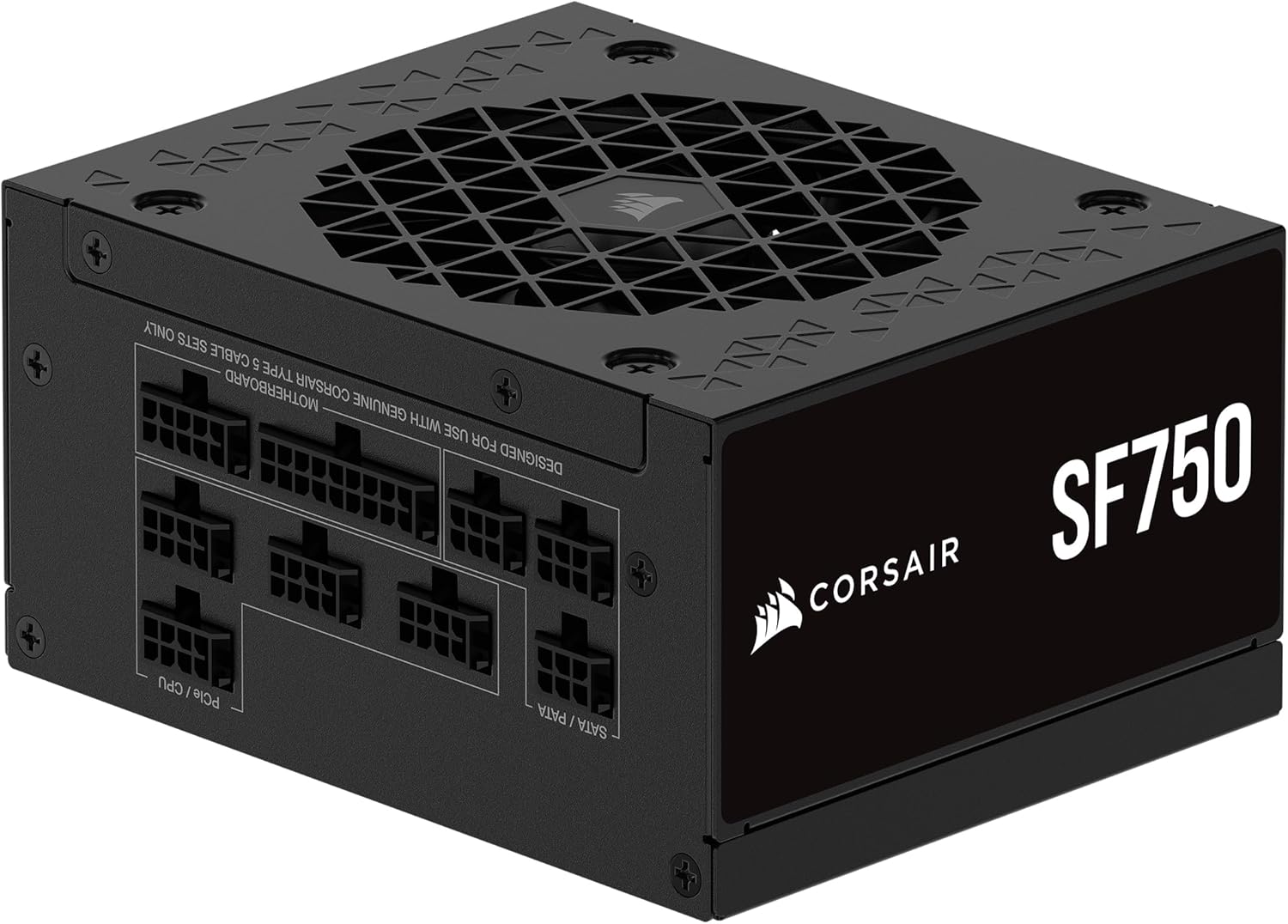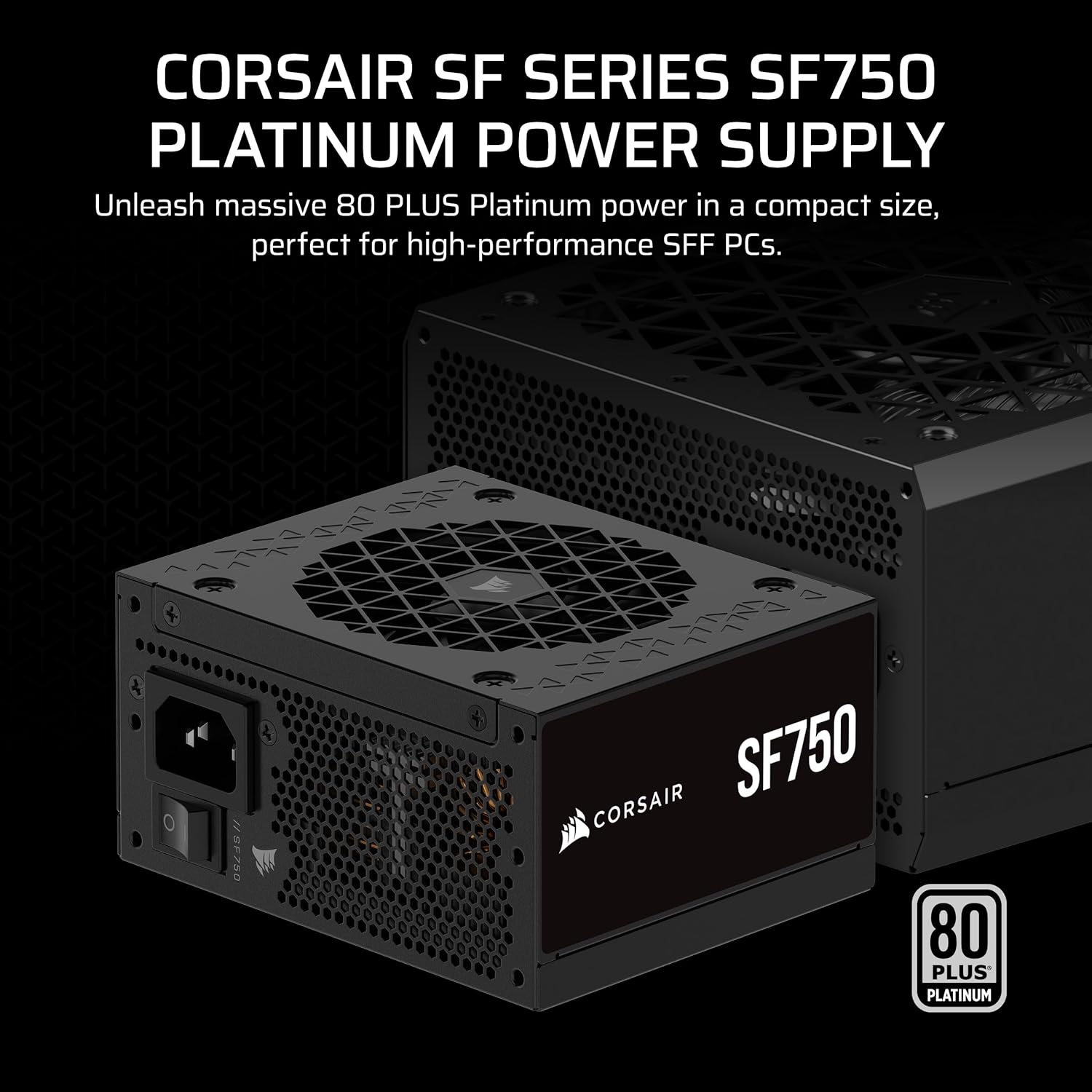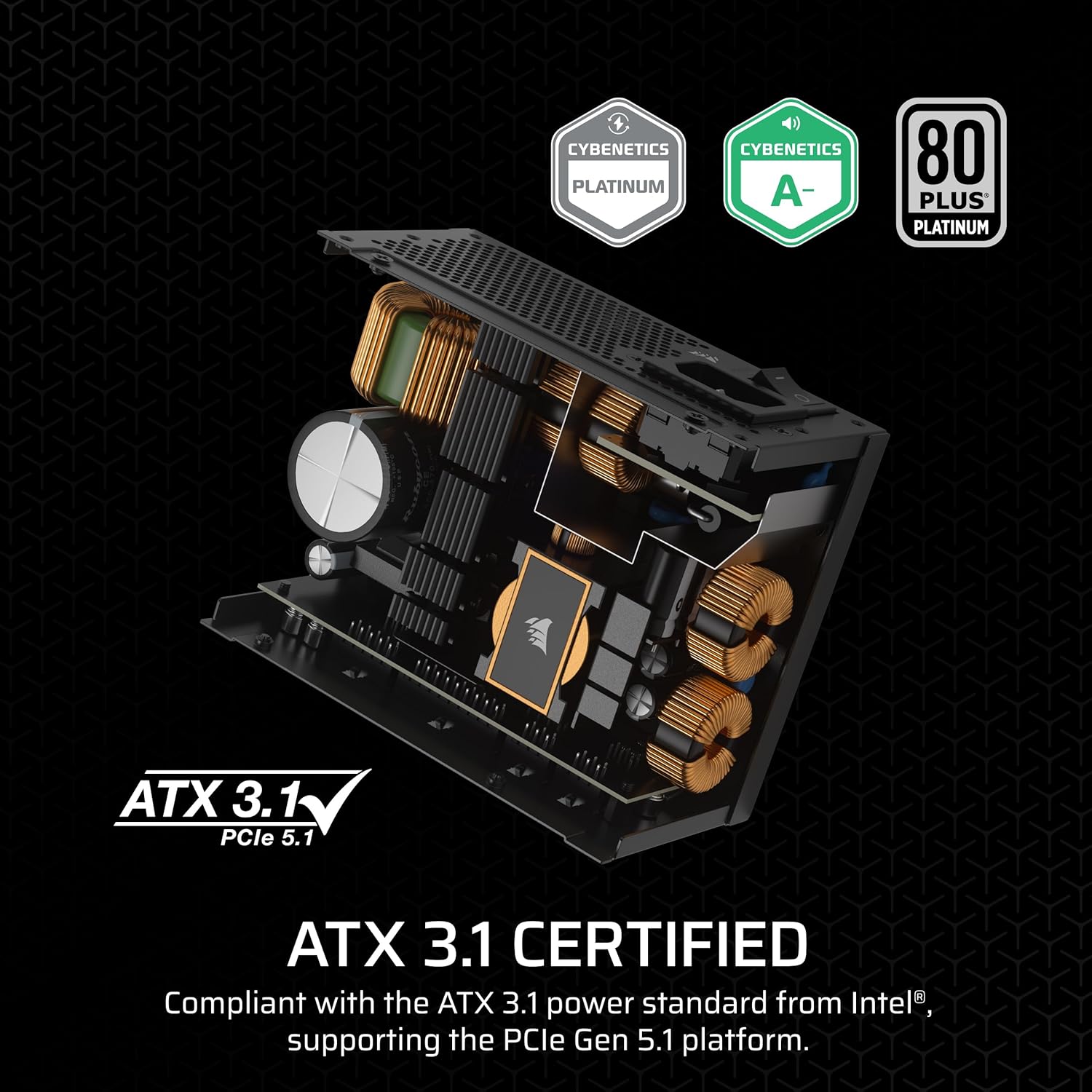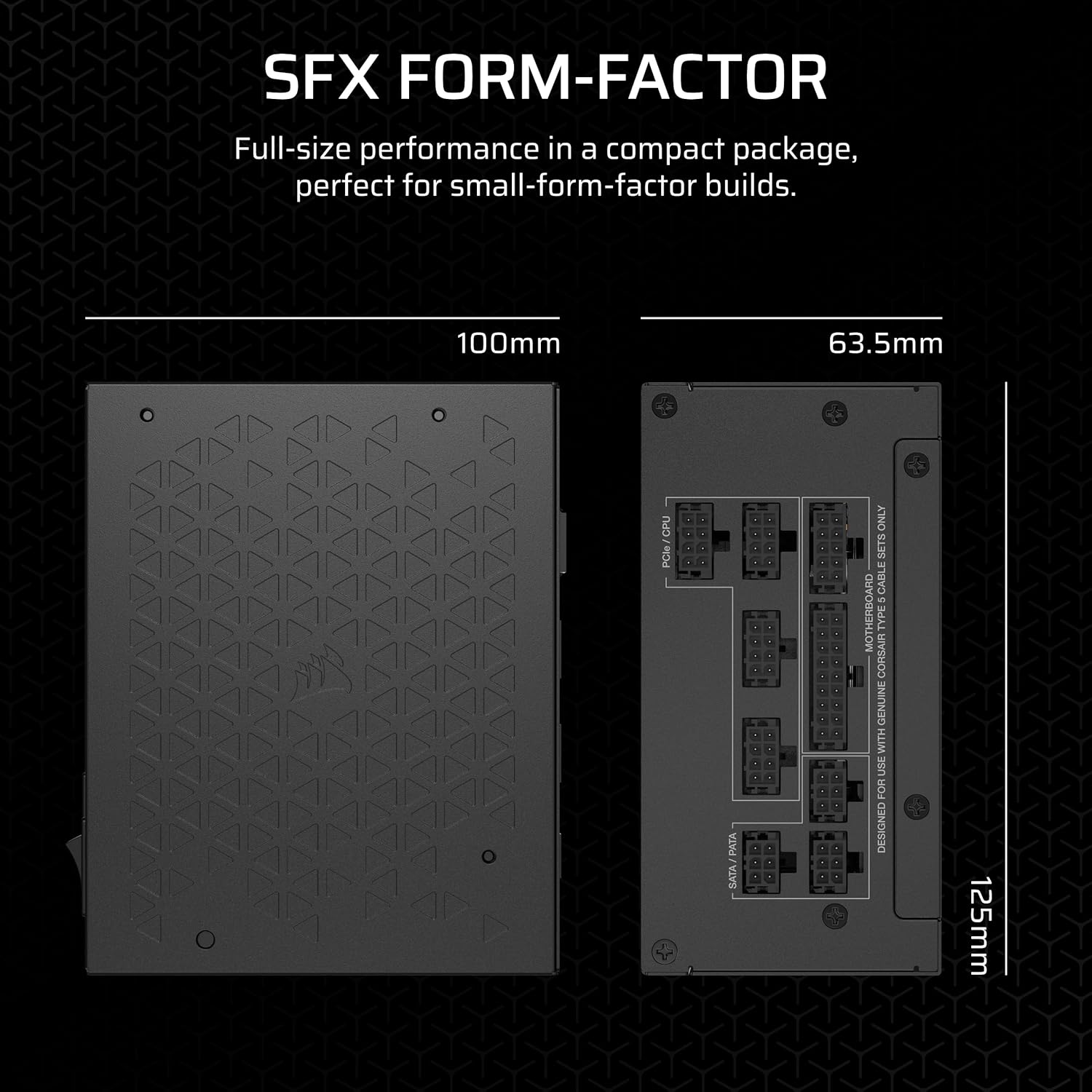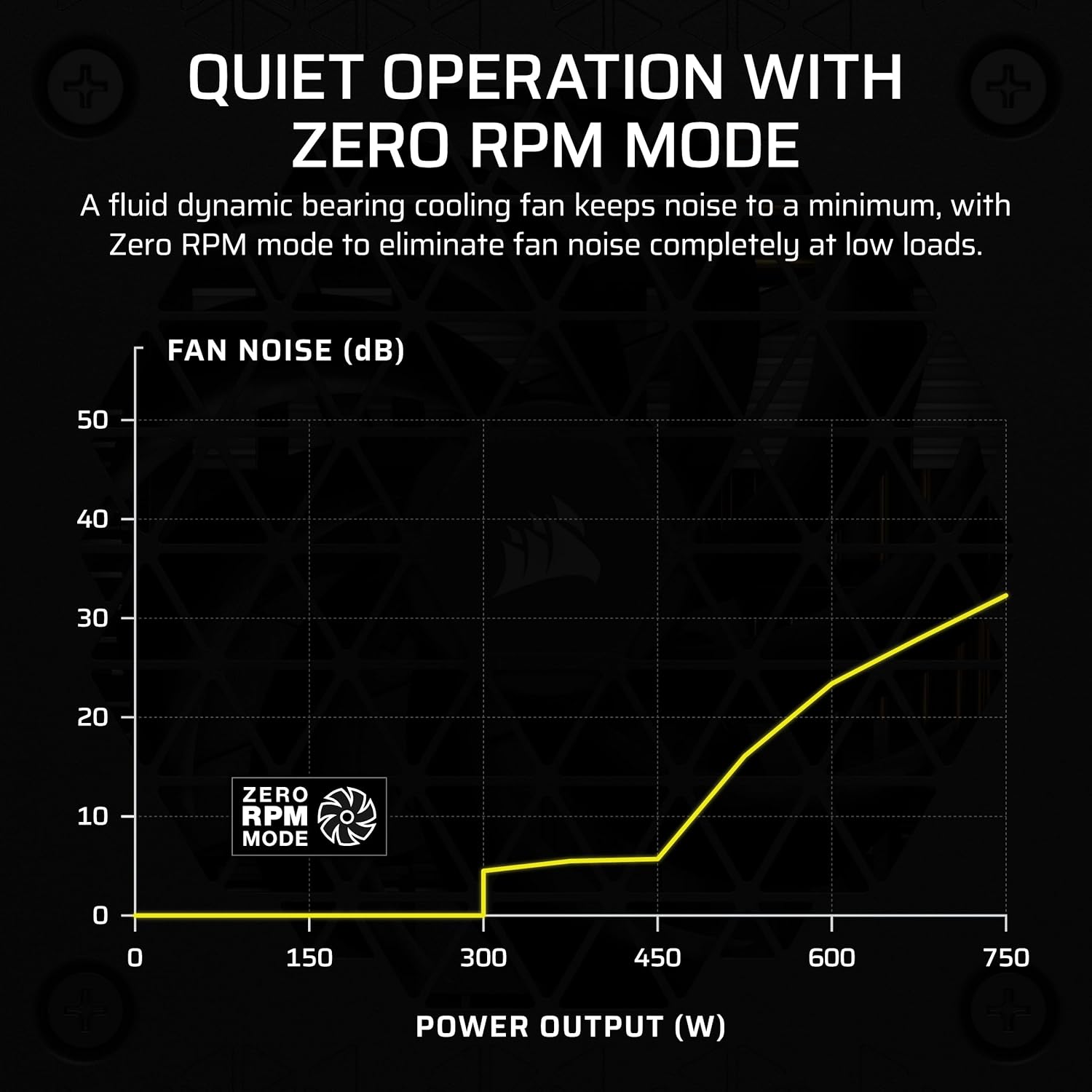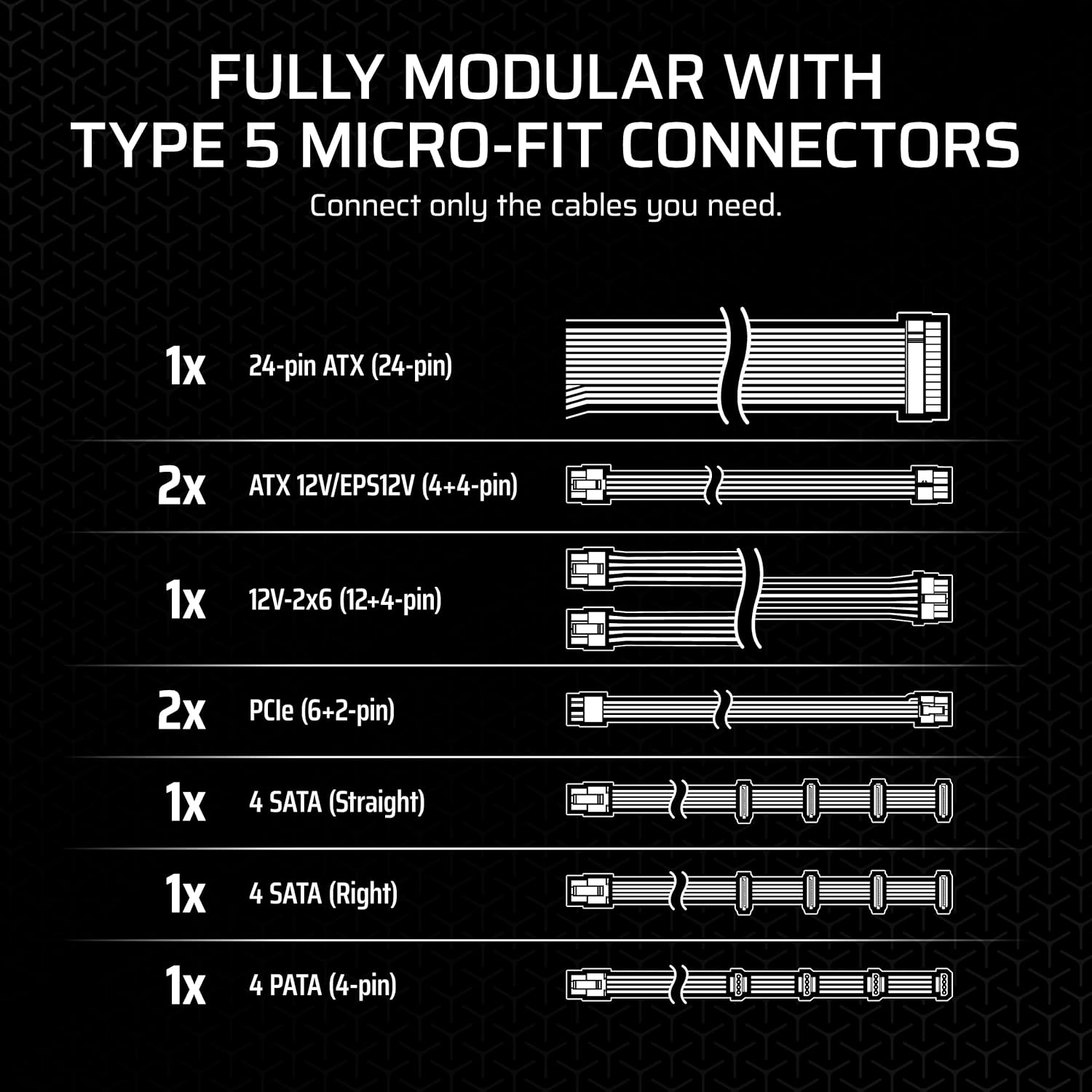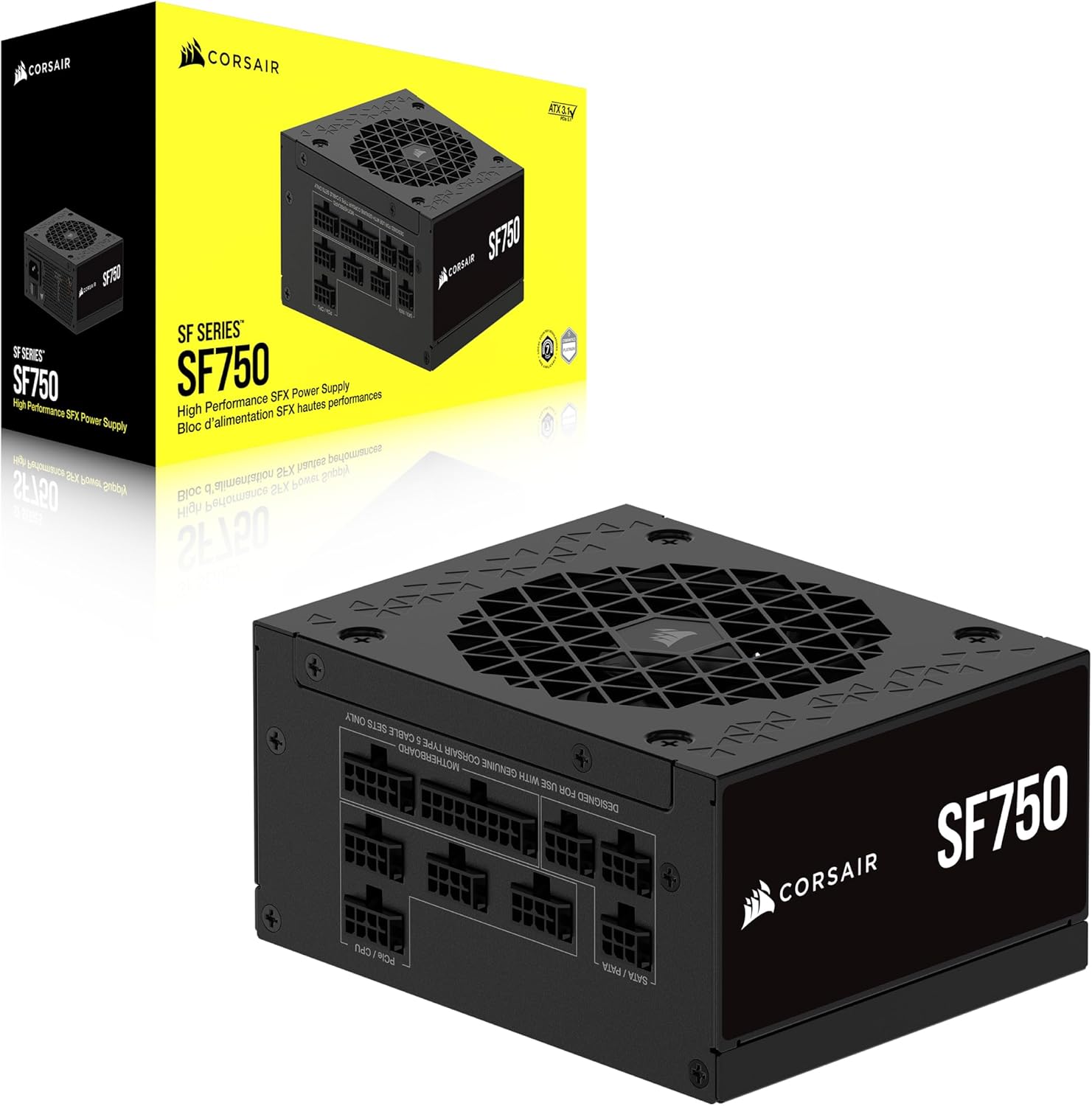Corsair SF Series (2024) SF750, 80 PLUS Platinum, Fully Modular Power Supply
Corsair SF Series (2024) SF750, 80 PLUS Platinum, Fully Modular Power Supply
Couldn't load pickup availability
The Unrivaled Small-Form-Factor Powerhouse: Corsair SF750 Platinum
Don't let the size fool you—the Corsair SF750 is the gold standard for Small Form Factor (SFF) PCs. It packs an incredible 750 Watts into a compact SFX form factor, making it capable of powering top-tier GPUs like the RTX 40-series and up. Certified 80 PLUS Platinum for amazing efficiency, this unit is Fully Modular with premium individually sleeved cables for the cleanest possible build. Plus, its Zero RPM fan mode ensures nearly silent operation during light loads.
⭐ Highlights
⭐ Highlights
Compact SFX Form Factor | 750W 80 PLUS Platinum Efficiency | ATX 3.1 & PCIe 5.1 Certified (Includes 12V-2x6) | Fully Modular Type-5 Micro-Fit Connectors | 92mm FDB Fan with Zero RPM Mode
⚙️ Specifications
⚙️ Specifications
PSU_Form_Factor: SFX
PSU_Wattage: 750 W (Continuous)
PSU_Efficiency_Rating: 80 PLUS Platinum
PSU_Modularity: Fully Modular
PSU_PCIe_5_Connector: 1 x 12V-2x6 (12+4 pin) cable (600W Rated)
PSU_Fan_Size_mm: 92 mm (Fluid Dynamic Bearing with Zero RPM Mode)
PSU_Safety_Protections: OVP (Over Voltage), UVP (Under Voltage), SCP (Short Circuit), OTP (Over Temp), OPP (Over Power)
Share
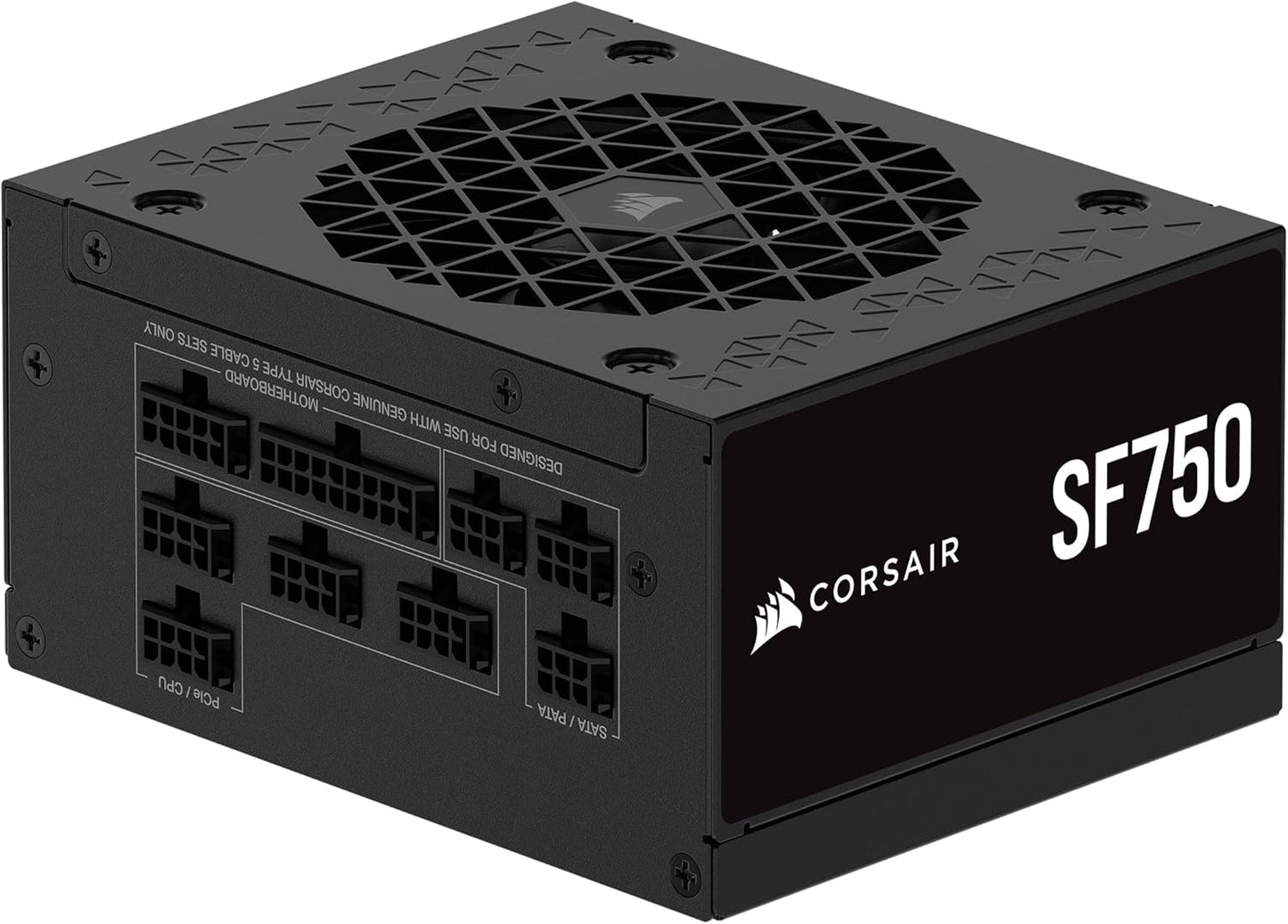
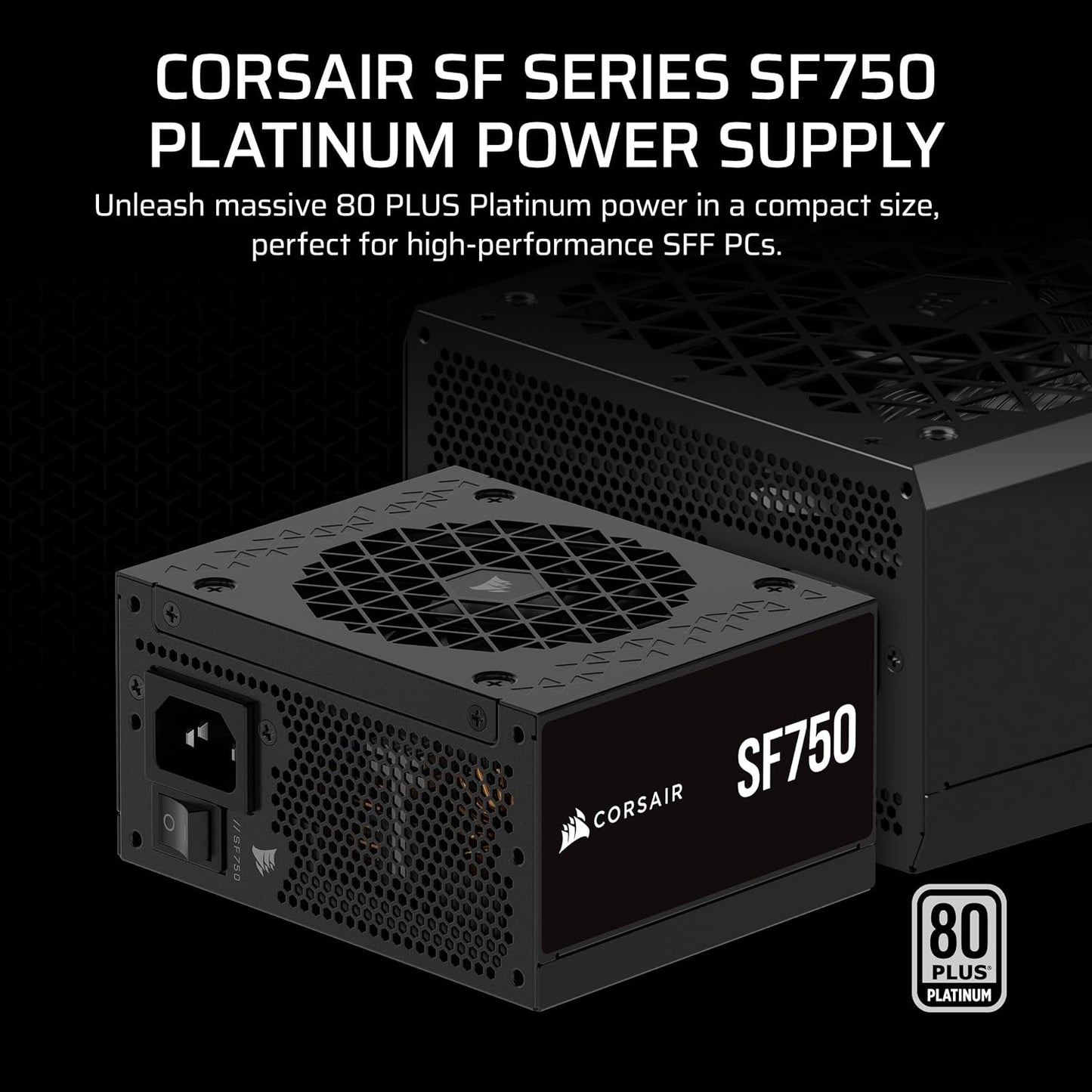
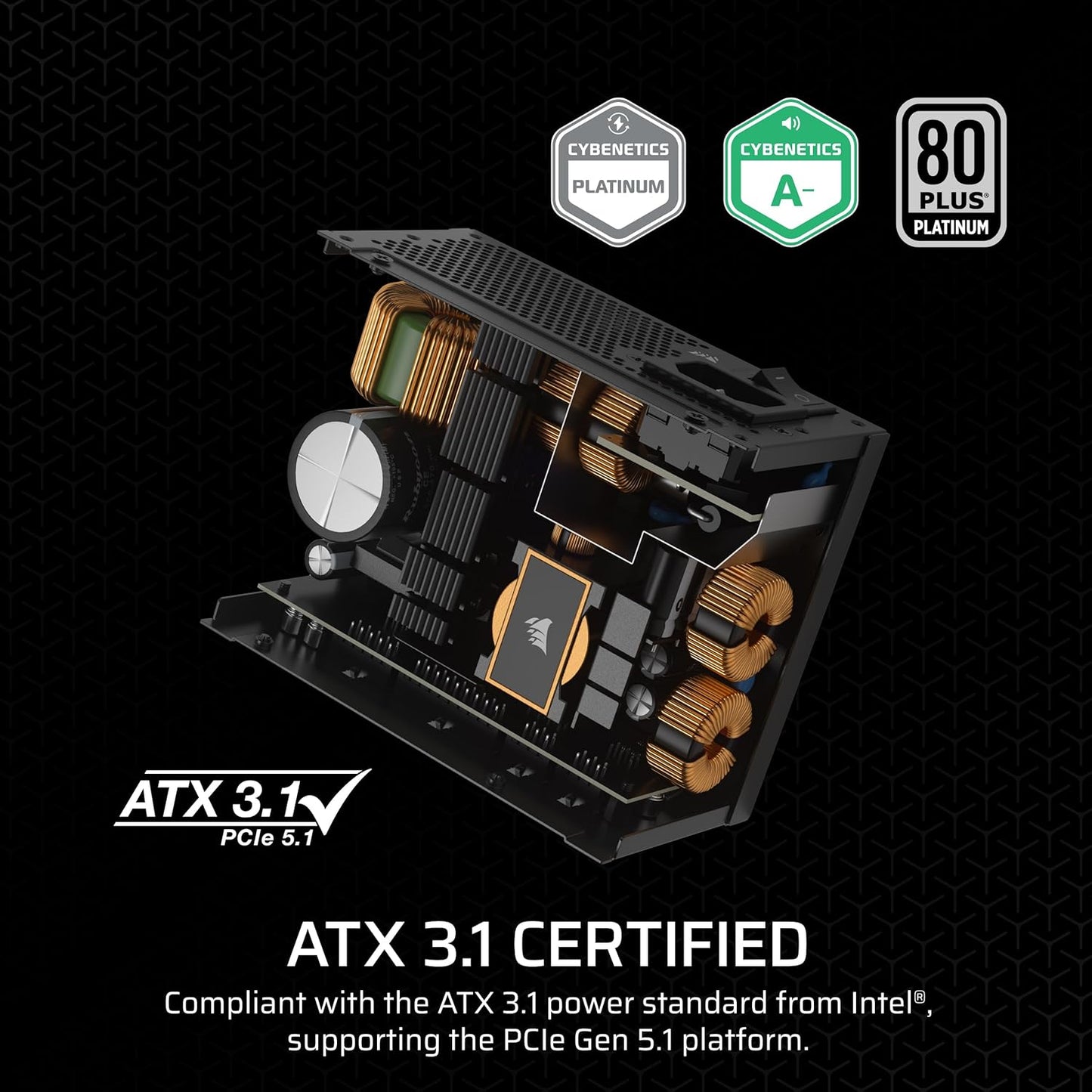
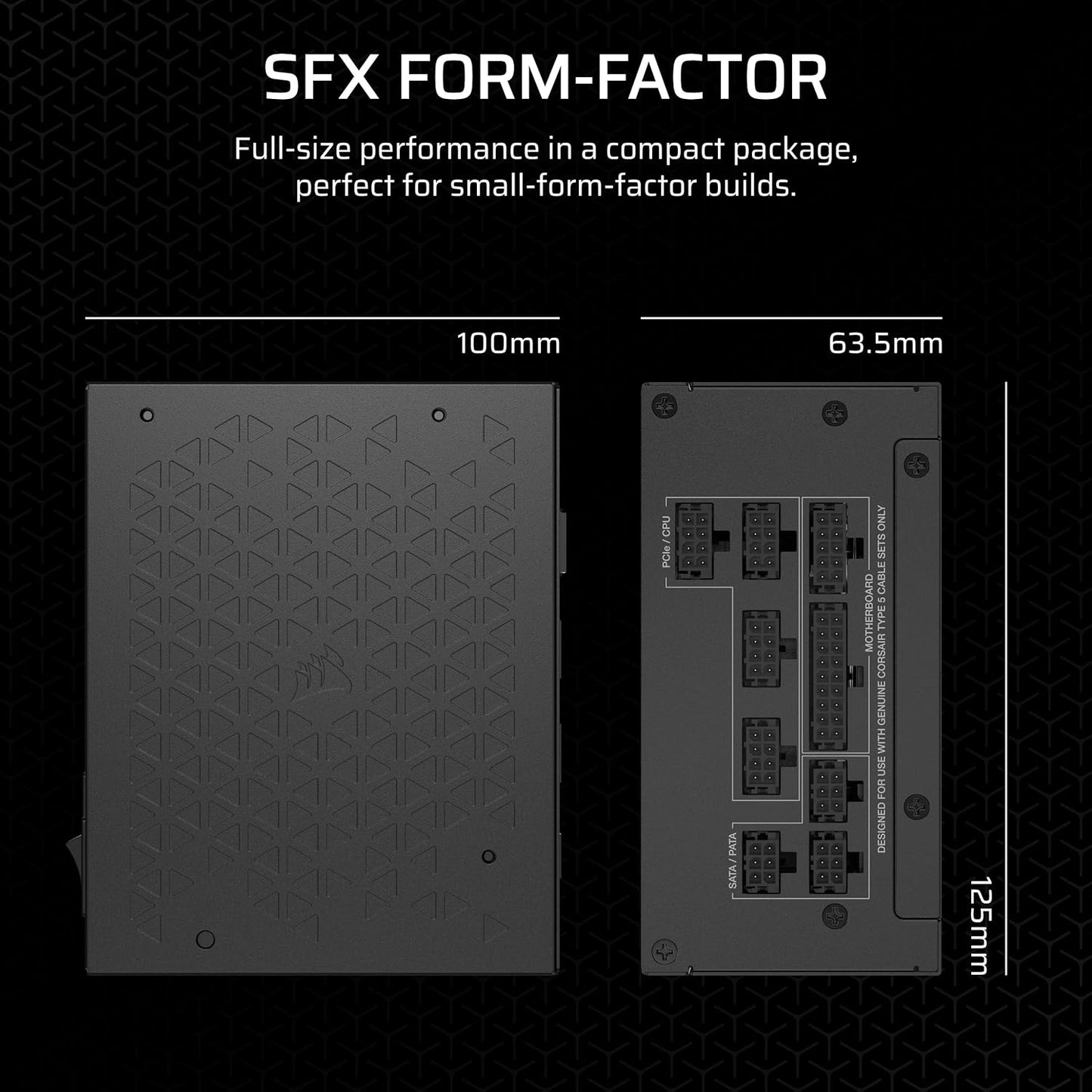
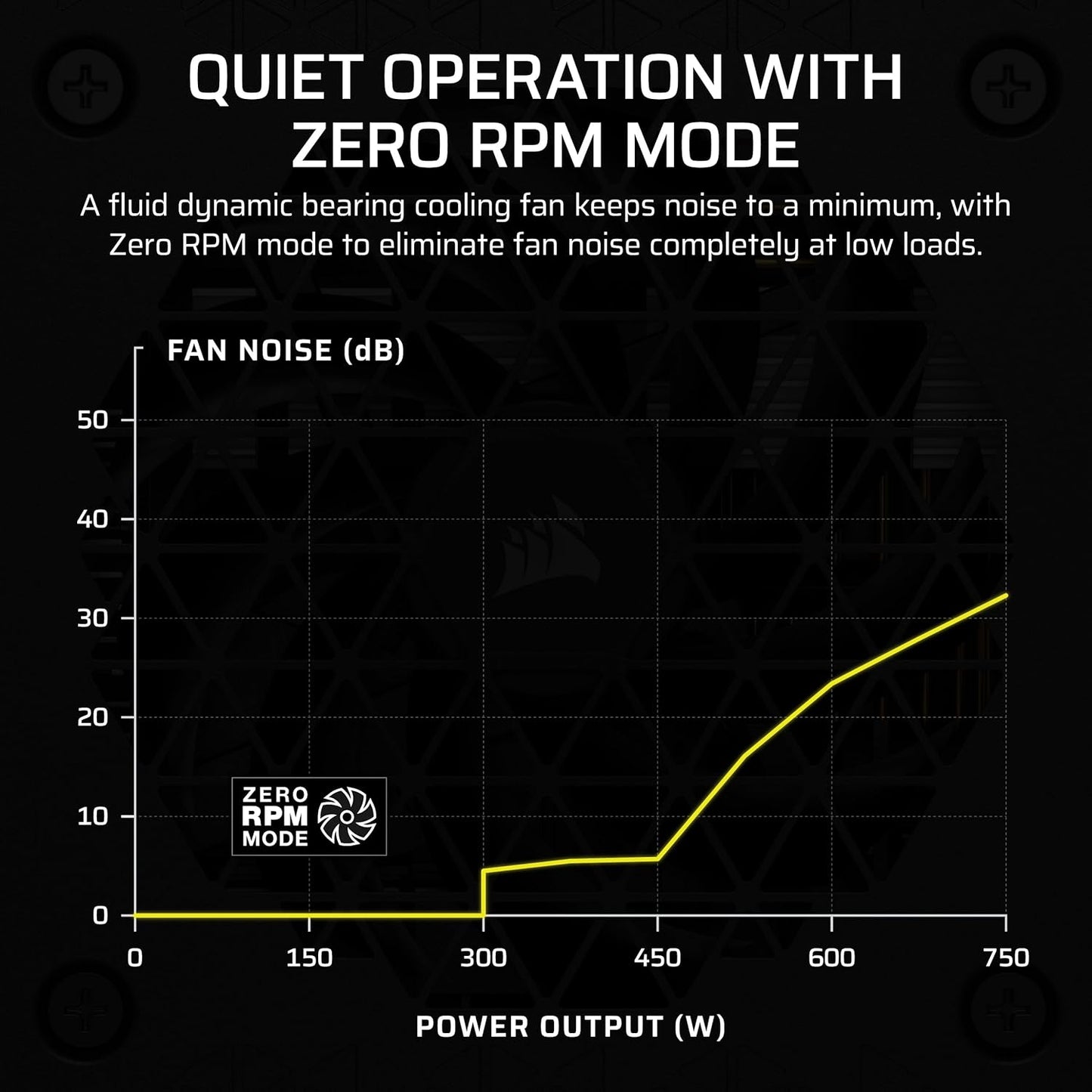
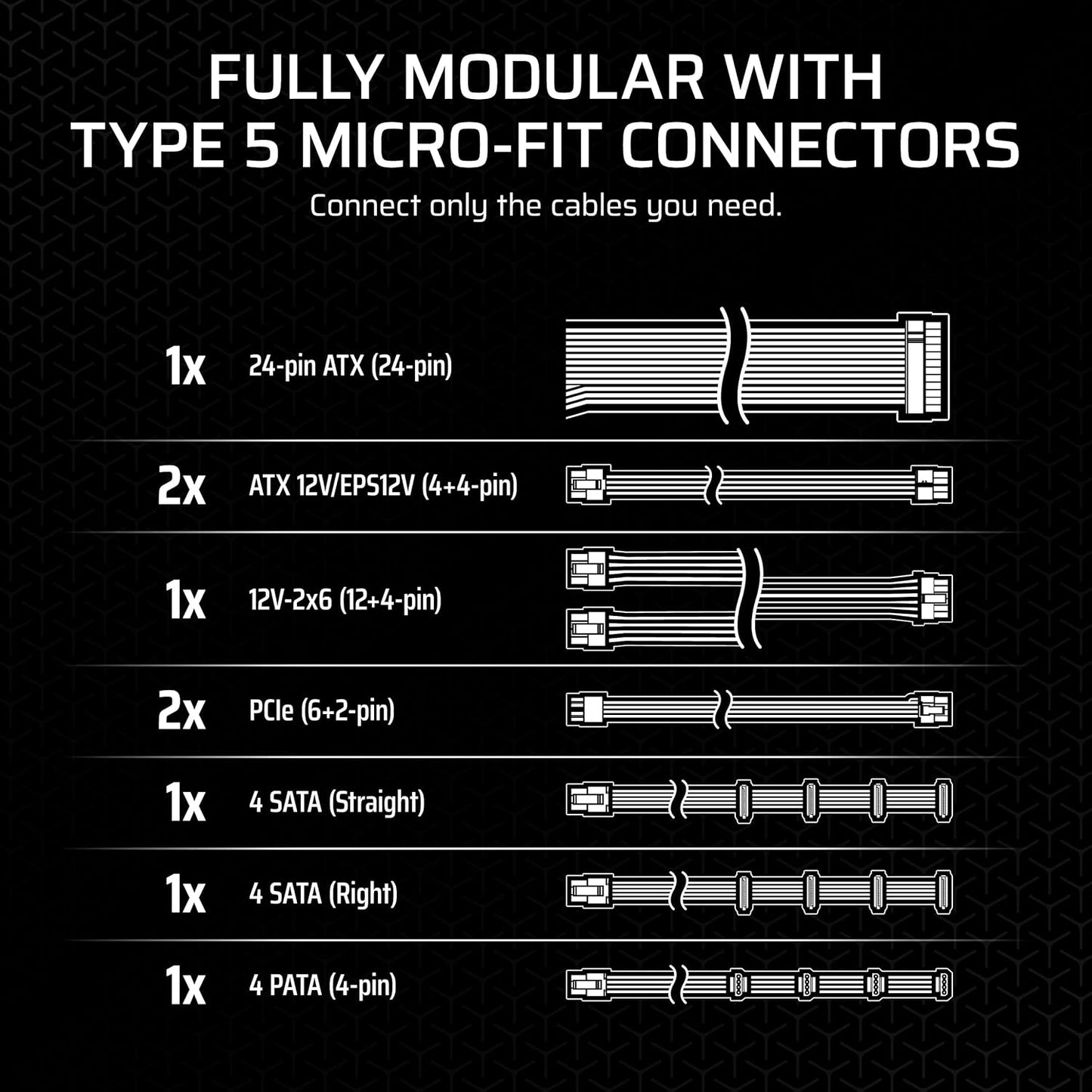
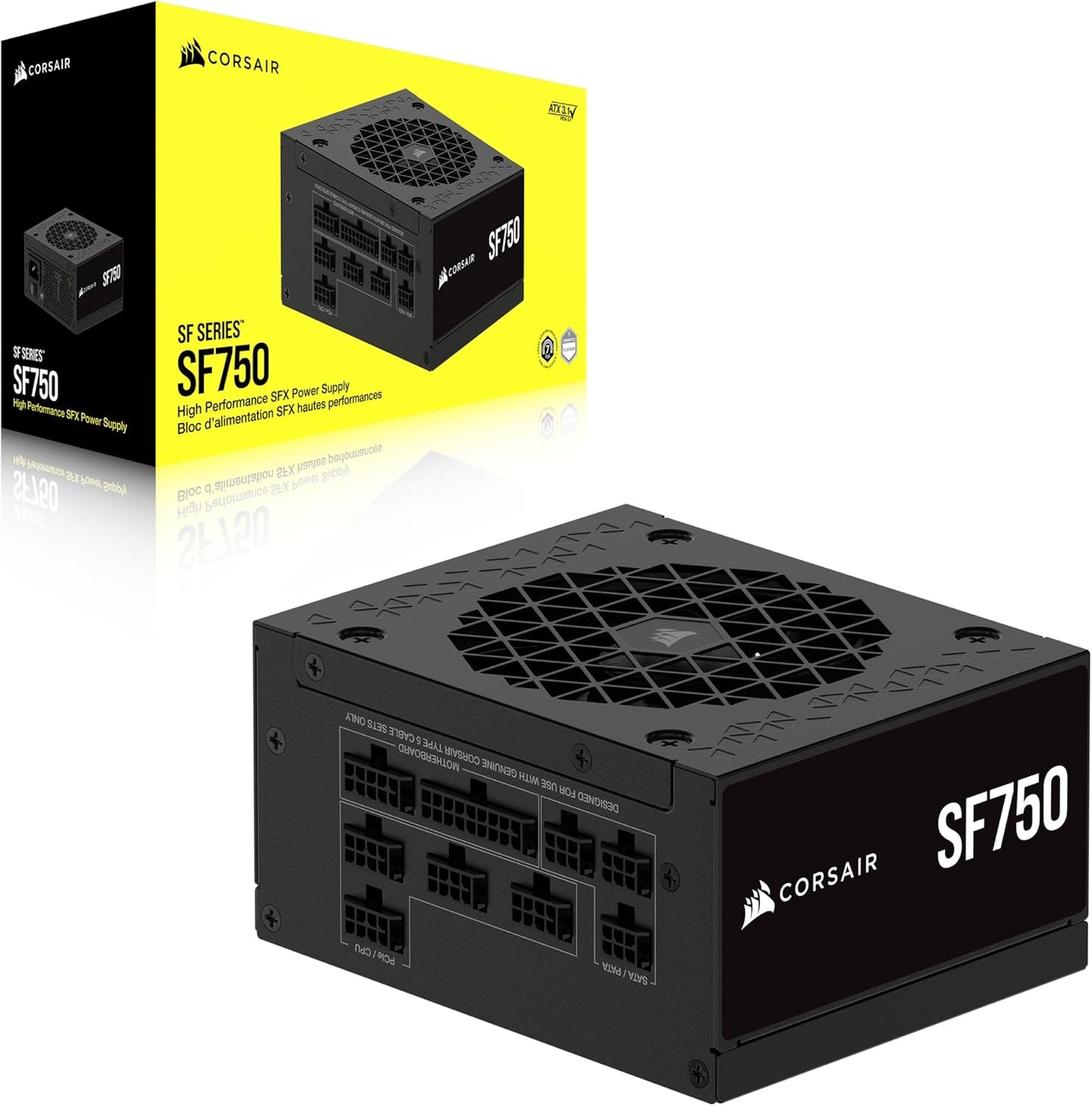
The POST-Check Protocol
-
Calculate Required Wattage
Action: Use an online PSU calculator (or check your GPU/CPU recommendations) to determine the wattage needed and choose a PSU that is 20% to 30% higher than that total load. Why: Running a PSU at or near its maximum capacity reduces its efficiency and lifespan, leading to potential instability and crashes.
-
NEVER Mix Modular Cables
Action: CRITICAL: Only use the modular cables that came inside the box of your specific, new PSU, and never reuse old cables from a previous unit, even if they fit. Why: Modular cables are not standardized on the PSU end; mixing them can send incorrect voltages to components and instantly destroy the motherboard or GPU.
-
Fan Orientation
Action: When installing the PSU into the case, orient the fan so it is facing the vent/dust filter on the case (usually downward, at the bottom). Why: This ensures the PSU pulls cool, fresh air directly from outside the case to cool its own components, maximizing its lifespan.
-
Essential Cable Connections
Action: Ensure the 24-pin ATX (motherboard), the 8-pin CPU (motherboard top-left), and all PCIe power cables (GPU) are fully seated and clicked in. Why: A loose or partially plugged-in cable can lead to catastrophic failure, burning out the connector port or causing system instability under load.
-
The Power Switch
Action: Before working inside the PC, flip the power switch on the PSU itself to the OFF (0) position and unplug the wall cord, then press the case power button to drain residual power. Why: This discharges capacitors, eliminating the risk of accidental electrical shock or frying sensitive components with residual power.
-
Cable Management (Modular)
Action: If using a modular PSU, plug in only the cables your components require and route all cables neatly behind the motherboard tray. Why: This improves airflow and makes the build cleaner, but more importantly, it ensures no loose, unused cables are left inside to snag fans or short against metal.

